In the fall, green cauliflower stems start to sprout white flowers. You’ll see your plants go from having leafy seeds to having big heads! The cool weather in the fall is ideal for growing cauliflower because it helps the heads grow in a healthy way with little riciness or bolting. Grow your own food in your own yard with Jerad Bryant and learn how to gather your crop.
Cauliflower is beneficial for you, tastes great, and looks beautiful! The architectural shape grows tall with other plants, making it a popular crop for both veggie and flower beds. It’s taller than tomatillos, tomatoes, and onions, making a huge bunch of flowers that you can eat and enjoy.
It has tight groups of flower sprouts on its heads that haven’t opened yet.
When the rosettes sprout, they grow into tight heads that look like broccoli. When they’re ready, they turn different colors, like white, green, purple, and orange. It comes from the Mediterranean and is in the same group as broccoli, Brassica.
Even though it grows like broccoli and cabbage and other plants in the same family, it’s a little harder to grow than its relatives.
You won’t have to worry; these picking tips and tricks will help you cut down big cauliflower all fall long. They can be kept in the fridge for a few weeks, but they also keep well when canned or pickled. Some cooks like to crush dry flowers to make flour, while others like to cut them up into small pieces to make a dish that looks like rice.
We will first talk about when and how to cut down broccoli to get the most harvest.
How to Know When to Pick Cauliflower?
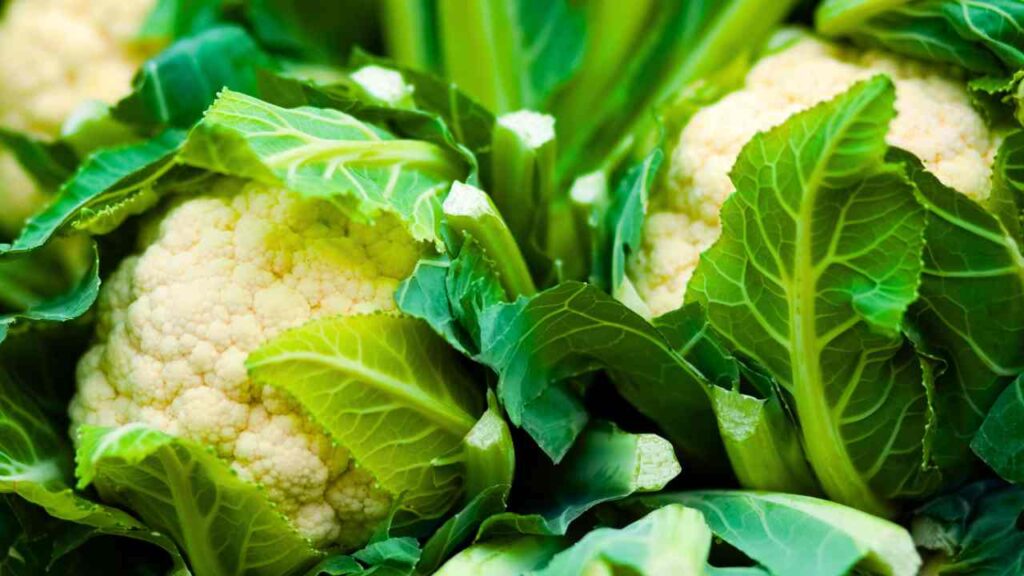
When a cauliflower head gets to full size, it’s ready to be picked. It varies on the type; some get six inches long, while others get up to ten inches long! You likely put transplants into the yard in the middle to late summer if you plan to harvest in the fall. You can also plant cabbage early in the spring and pick it before the middle of summer.
Cauliflower should be fully grown before the hottest days of the year. You should harvest this veggie well before or well after midsummer because it doesn’t do well in extreme weather.
Some types are very specific and need more than six months to grow. These kinds do best in mild areas over the winter, or they’ll need a lot of time indoors as seedlings and a lot of time outside in full sun.
Most types of cabbage are ready 50 to 100 days after being
transplanted. If they are kept inside in pots for four to six weeks, they will be ready. Plant your seeds when it’s cool outside, and give your plants enough time to grow to their full size. In total, most types need 12 to 16 weeks to grow up.
Regularly Use Water And Fertilizer
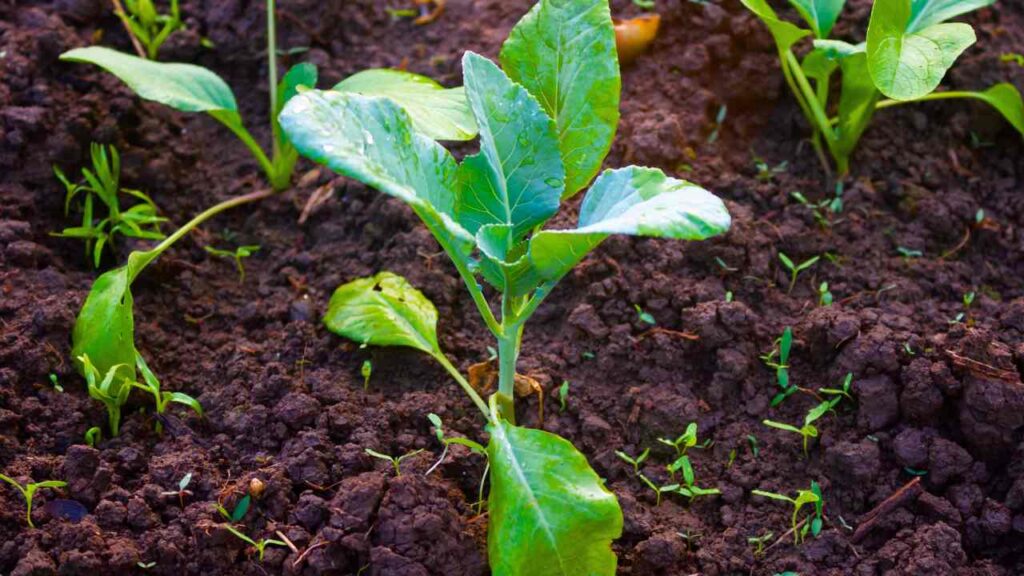
Take healthy care of your plants while they grow for a healthy crop. When it comes to plants, cauliflower is a bit picky, and if the plants are having trouble, the cauliflower may bolt. Bolting can be caused by too much or too little water, as well as by watering too often or not enough.
This brassica needs to stay moist all the time, especially when it’s hot outside. Make sure the dirt doesn’t get too wet, like a sponge that has been wrung out. If your garden has too much sand or dirt, add a lot of compost. It will help the soil drain, bring in helpful bacteria, and introduce worms that work hard.
Before it gets big, cauliflower likes a lot of minerals. Before the heads start to form, use organic veggie fertilizer once or twice a week. Don’t worry if you forgot to fertilize; you can add another dose once the center florets start to form. Just make sure to water it in well so that it doesn’t shock the roots while they take in the nutrients.
Blanch The Heads
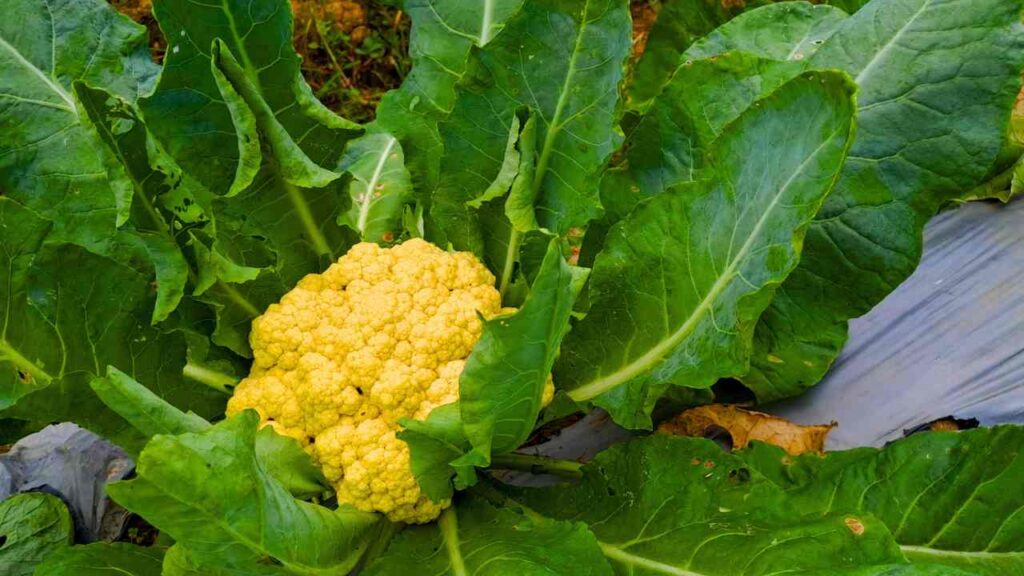
When cauliflower gets big, it might pop out of the leaves. In some types, the leaves automatically wrap around it to keep the buds white and out of the sun. In others, you have to tie up the leaves for them. You don’t have to boil these foods, but doing so helps the harvest be healthy and plentiful.
Tie the leaves around the heads with a soft material like hemp string or rope to make them lanch. Take each leaf by its stem, lift it up, and place it under the next leaf. Folded leaves will be arranged in a circle around the cauliflower to make a rosette.
They should keep all sunshine out of the plants because it will discolor them and cause them to bolt too soon. Look at them every few days while they’re going through this and watch as they get bigger.
Get Cauliflower in Full Size
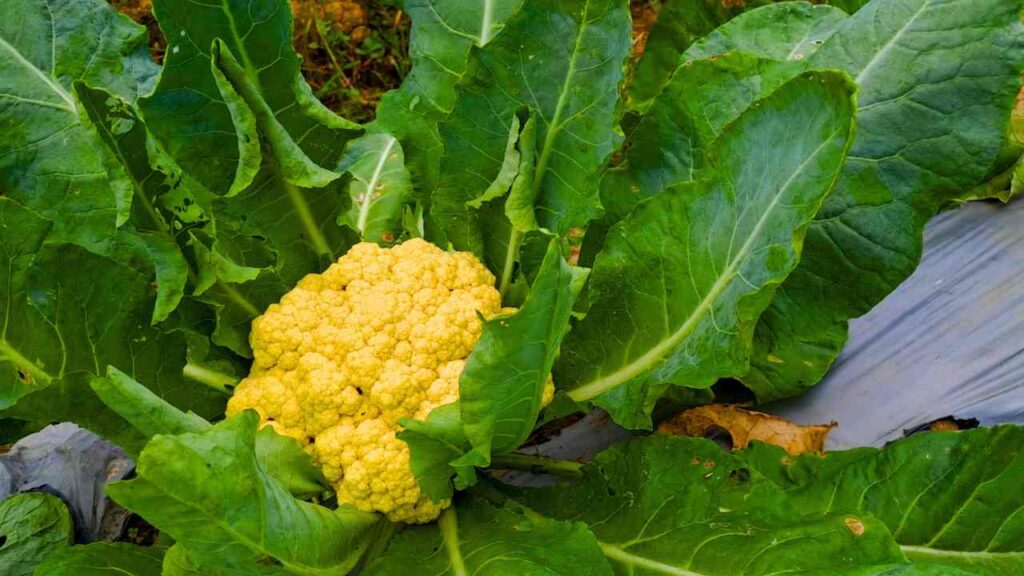
A few weeks after being blanched, cauliflower is ready to be picked. When it gets cold and the days get shorter in late fall, you’ll notice that they grow less. Cauliflower can handle cold, but it doesn’t like severe frosts that happen often.
It’s best to gather early in the morning, before the sun gets too hot. Leave four to six inches of stem on them when you cut them with pruners so they keep well indoors. Pests and diseases can’t get into the rosettes because of the stem.
Clean off any dirt, bugs, or broken parts you see. As you get ready to clean and store your crops, you can take the blanching leaves off. If you leave them on, they might start to rot during long-term keeping.
For some plants, the plant will keep making smaller rosettes after you cut off the main cauliflower head.
Cut up and eat the little side shoots as they come up until the plant dies from a rigid frost. If you gather full-size plants, you can also cut them down and compost them. They release the nutrients they had stored into the soil so that other plants can use them.
Field Heat Less
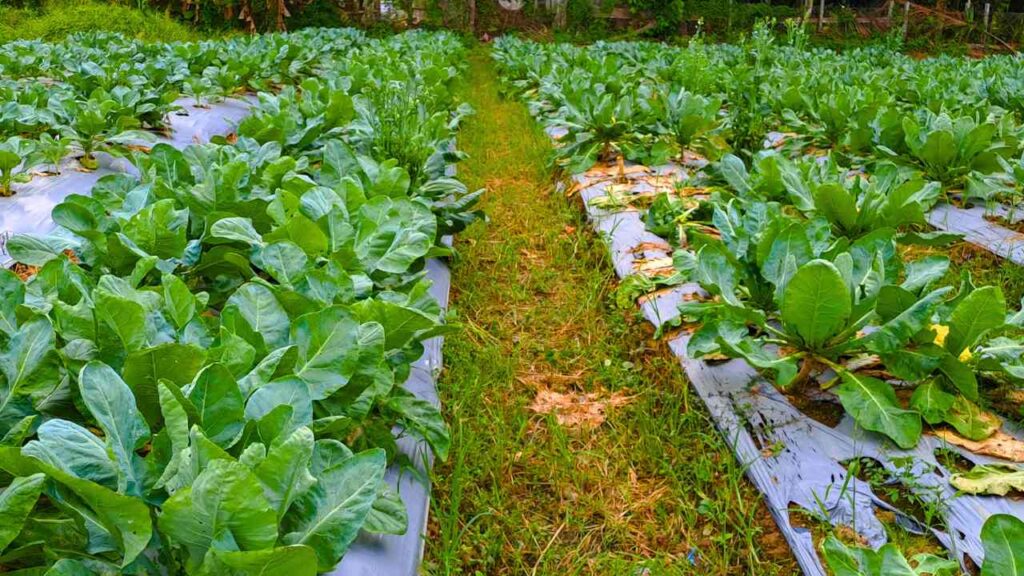
Depending on where you live, fall is a pretty cool time of year. Gardeners only need to worry about field heat on hot, sunny fall days. During the day, the cauliflower soaks up the heat, and when you cut it up to store it in the fridge, the head can get soft.
Dunking your crop in cold water right after picking them will lessen the effects of the heat in the field. For the best results, use water that is as cold as ice. This shocks the plant, makes it crisp, and stops it from dying from too much heat.
You don’t have to dunk them if it’s already cool where you are. Just wash and clean them, and then get them ready to be stored for a long time.
Keep for a Long Time
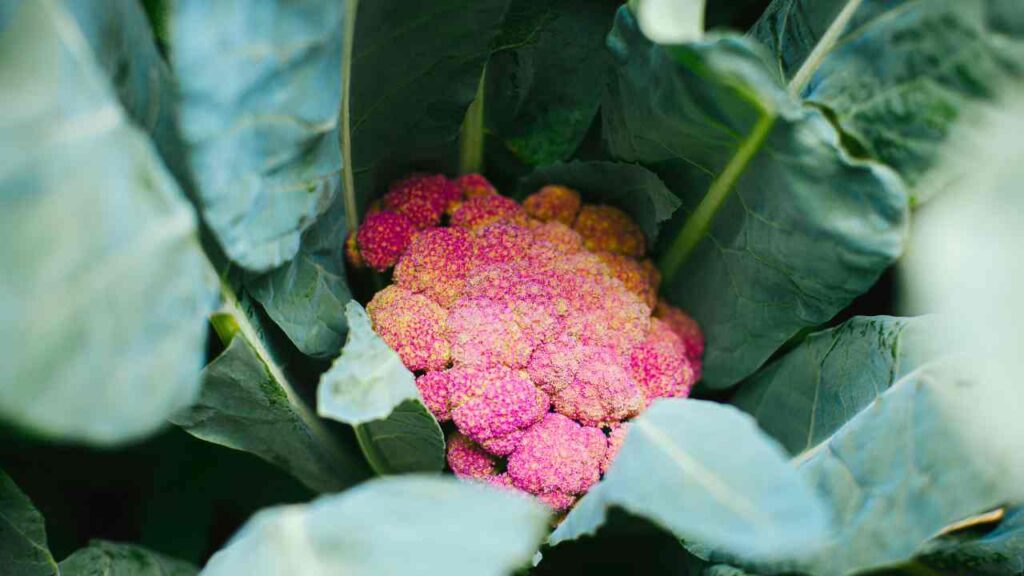
Before putting your vegetables in the cooler drawer of your fridge, make sure they are completely dry. Make sure they don’t still have any water on them, because that can make them rot or become soft after a few days. Use a clean towel to wipe off all the water.
Clean, dry harvests can be kept in the fridge for seven to ten days, but they can last longer if they are kept in the best circumstances. Since cauliflower grown at home tastes great, it probably won’t last long in the fridge. Put it in a crisper box or a container with a lid to keep it firm and fresh and to stop it from drying out too much.
Well-known Types
Which kinds should you grow at home? That depends on what you like and how your garden is doing. Pick a type that does well in the weather where you live. You can find different kinds for gardening in hardiness zones 2 through 11. It doesn’t matter how cold or warm it is in the winter.
“Romanesco”
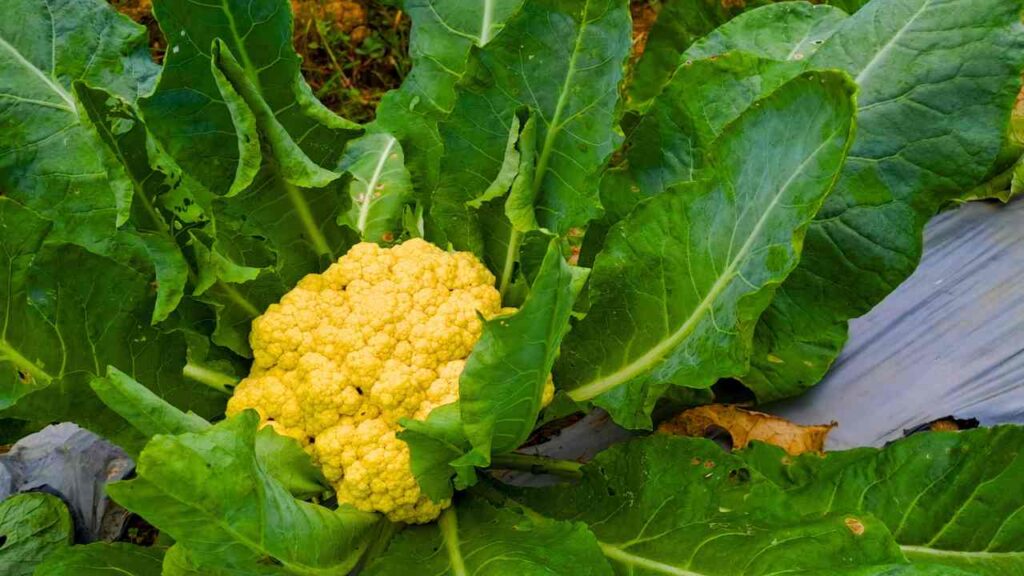
Its shape is different, and it’s lime green instead of white! This type comes from Europe and dates back to the 1890s. People who plant, cook, and cook at home now love it.
This kind likes cool weather and does better in the fall than in the spring. You can compost this type of plant after cutting it because it doesn’t send out side shoots after being picked.
“Twister”
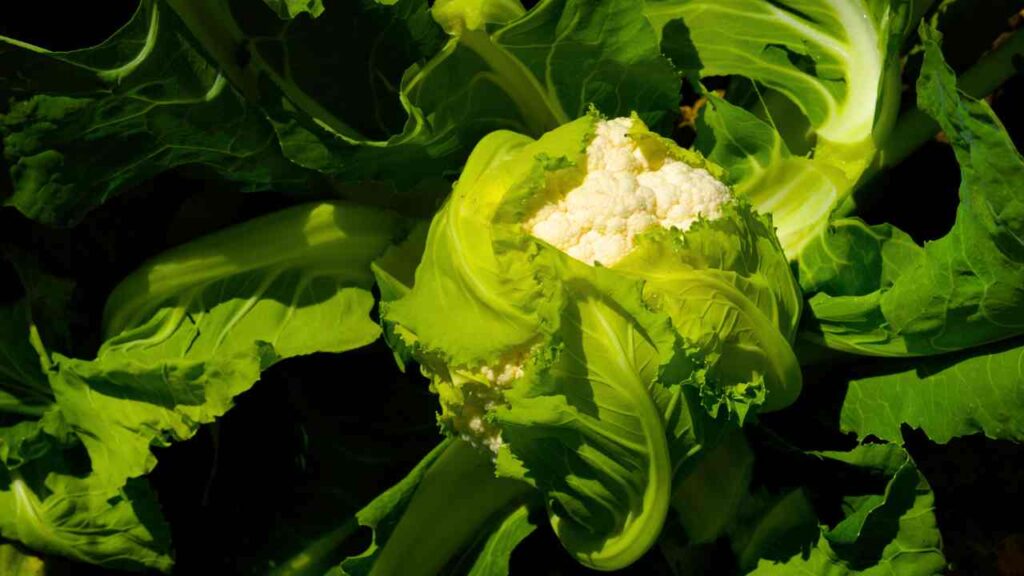
If you’re not feeling like gardening, this self-blanching type is great. Its big leaves naturally wrap around the growing heads, and it’s simple for new growers to take care of. “Twister” doesn’t get damaged by heat, so it’s ideal for places where other types of bolts would get stuck.
“Snowball Y”
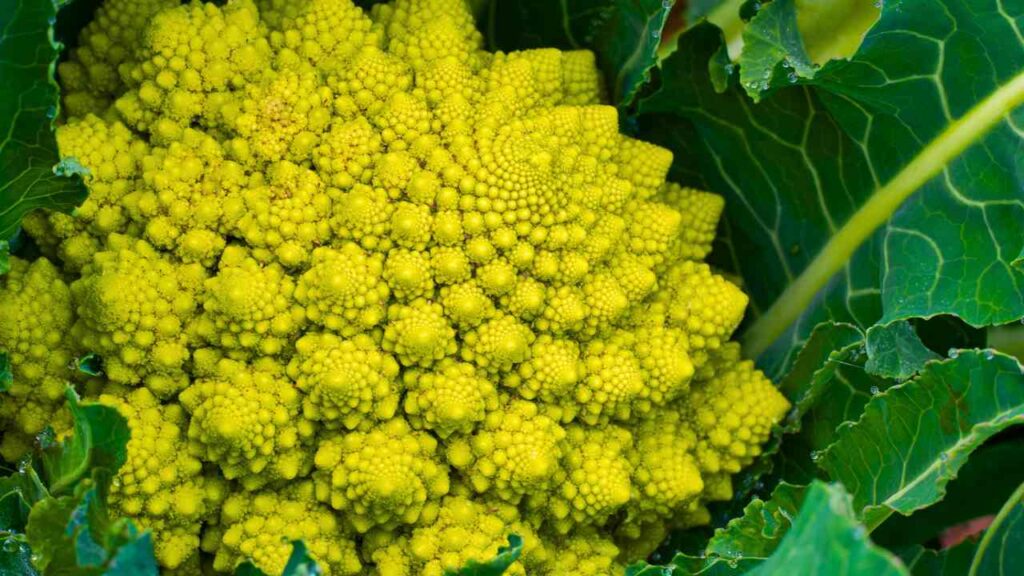
“Snowball Y” is a self-blanching type like “Twister.” The leaves naturally wrap around the big heads. It’s a popular type for keeping because the mature flowers don’t fall off too quickly. It has six-inch white heads that taste great!

